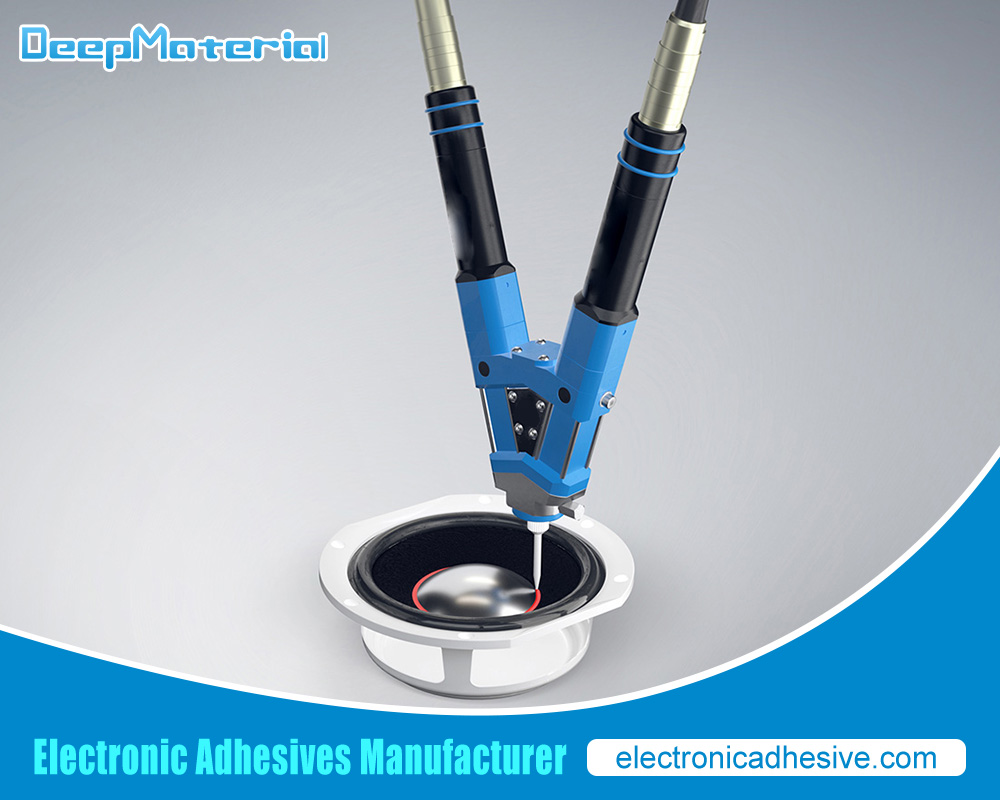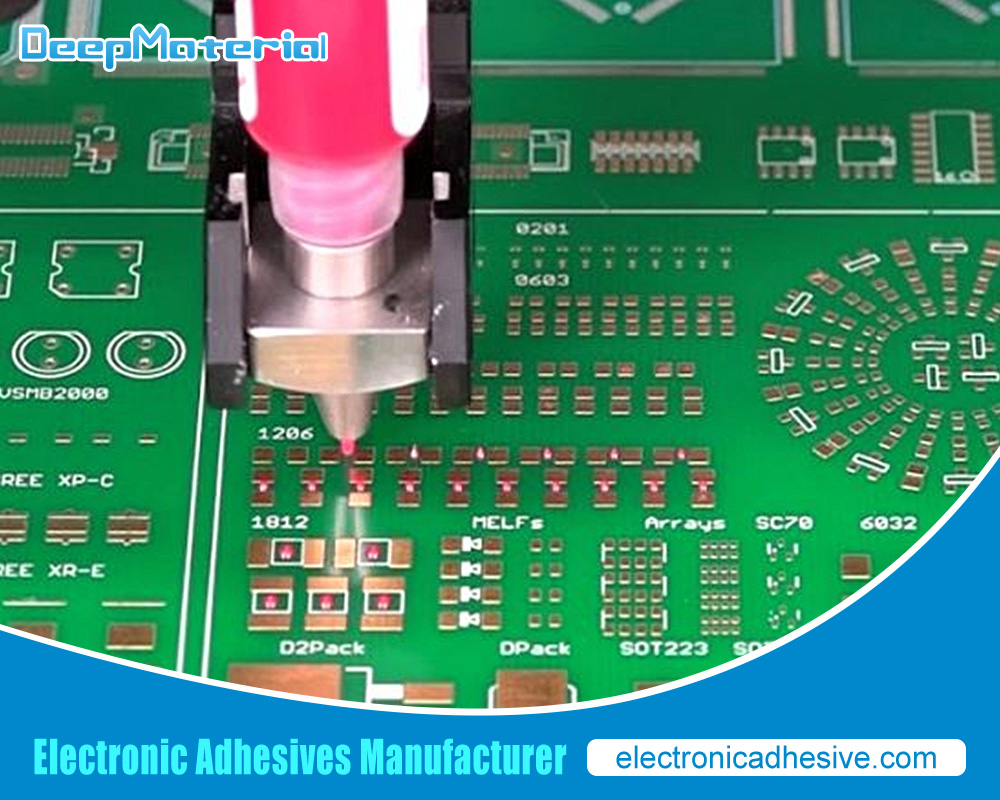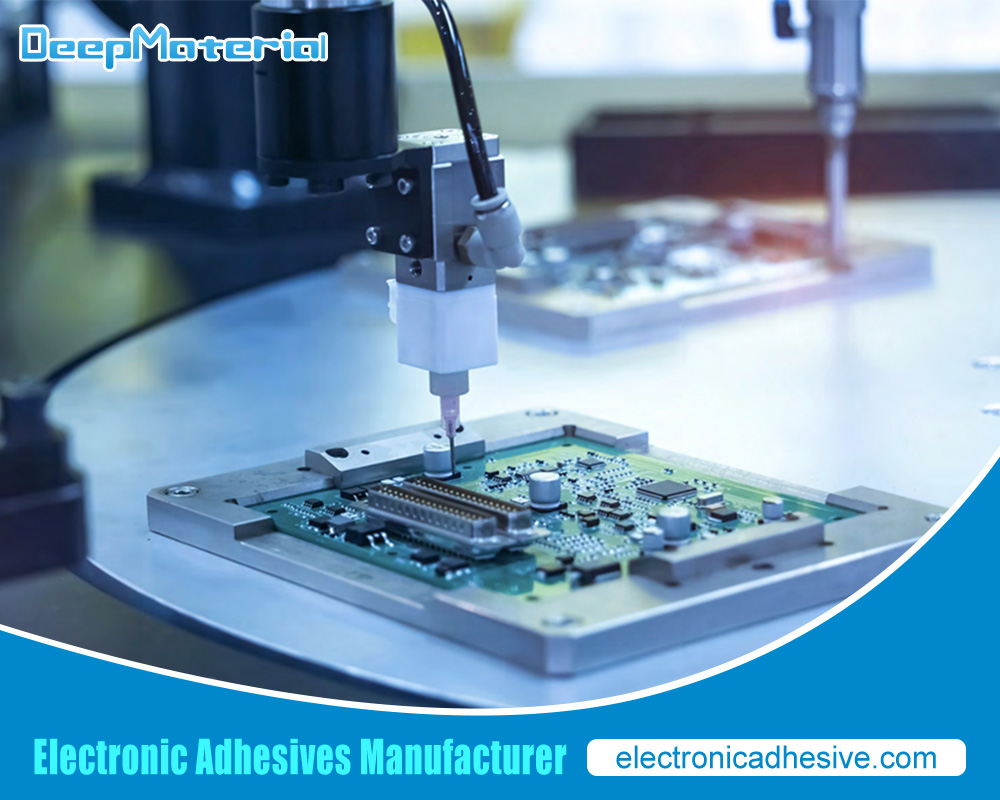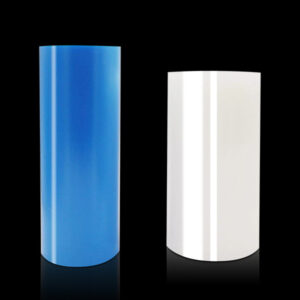How To Use Waterproofing Silicone Gel For Electronics
How To Use Waterproofing Gel For Electronics
Presently, with the way we live our lives, electronic appliances have been moved out of the offices where they are bound to encounter harsher environmental conditions. That means, the chances of moisture falling on the electronic device will also increase.
Moisture is one of the commonest environmental factors making electronics to fail. As such, it has become a major concern for stakeholders in the industry. Water layers can slow down circuit speed, reduce resistance, distort waveforms, which may lead to a delay on the circuit. Water can result in corrosion and lead to the total breakdown of the electronics if not handled properly.
This is why it has become extremely important to investigate ways to prevent moisture from having its way into electronics. It is easier to address that than to address the faults that may arise from such experiences. Therefore, we will be looking at how we can achieve that with waterproofing gel for electronics.

Moisture Effects on Electronics
Before we begin with applying waterproofing gel for electronics, we will take a quick look into some of the damages that can be caused by moisture effects. No doubt, there has been a rapid increase in the number of industries that rely on electronic gadgets today.
While this dependency is good for the market, it seems to have raised the bar for the manufacturers. In other words, manufacturers need to improve the reliability of electronic devices. One factor that has continued to threaten electronic device’s reliability is moisture. The intrusion of moisture into such systems can damage the system for good. Moisture getting into electronic device is a common occurrence in humid regions.
So, when water gets into an electronic system, what should you expect?
- It raises the value of the dielectric constant.
- It initiates thin whiskers’ growth.
- It can trigger corrosion.
And when any of the above happens, the electronic component starts to degrade, followed by frequent faults, and finally, complete failure. Water has various means of coming in contact with electronics. It can happen directly, via diffusion, or through condensed vapor through an increase in relative humidity.
But you know what? It really doesn’t matter how water gets into an electronics system. Regardless of how water gets into the system, one thing is sure – the effects can be devastating. As a result, manufacturers are doing what they can to ensure such potential disasters are averted.
Waterproofing Vs Water-Resistant – Which is Best?
t is common for people out there to consider both terms as the same. They use one in place of the other. Waterproofing and water-resistant are not 100% the same. I’ll explain with a few sentences below.
While waterproofing materials are not permeable to water, water-resistant materials can be permeated by water. Water-resistant materials can allow water pass through them when the amount of moisture or humidity increases to a certain level.
Secondly, waterproofing materials tend to last a lot longer than their water-resistant counterparts when used to protect water. Water-resistant materials offer limited protection against water because the resistant layer can crumble under heavy humidity.
How to Prevent Against Moisture in Electronics
PCBs or printed circuit boards are what house all electronic device components. So, if you intend to prevent moisture from accessing any electronics, you need to start by knowing how to protect PCBs. Also, you need to come up with effective protective measures for the electronic components when they are being manufactured.
There are several ways you can do this. You can achieve your goal through potting and conformal coatings. Any of the methods you use will help protect electronic components from the negative effects of moisture.
Be reminded, however, that conformal coatings do not provide waterproofing benefits, even though they do have their unique advantages. Apart from the two methods mentioned here, you can also protect PCBs with other methods.
How to Use Waterproofing Gel for Electronics
We may not be able to give you all the details as to how this should be done. Using a gel to pot an electronics component is quite easy and straightforward. The process is as easy as applying the gel on the substrate. And make sure you do this carefully. When you are done, you can wait for it to cure, depending on how that gel is meant to cure.
If you mistakenly apply the gel on your hands, you can quickly wipe it off if you presume it can mess up your hands. The gels may not function as glues, since they can cure without getting exposed to UV light. So, before you use any gel, just ensure you know how it works.
Try to neatly deploy the gel as much as possible. Any failure to do this will definitely make your job appear unappealing. And that could have an effect on the performance of the electronic device.
Which Waterproofing Gel for Electronics is Best?
This is a tough question to answer. Are you expecting to get a product name? Well, I’m afraid that is not the best way to go. Because a gel that is considered best for one electronic application may not be ideal for another electronic application.
The best thing to do is properly examine the system you are working on. Look at the necessary factors that can determine the type of gel. Being able to sort out everything will go a long way in helping you decide on the best solution.

Final Words
The demand for electronic devices will only increase with time. They are being used for many things today. As such, manufacturers need to think of ways to protect electronic components from being affected by moisture. This post has told us a lot about how moisture can destroy an electronic component. We also learned that waterproofing is not the same as water-resistant. Before choosing the right gel for your electronic project, try to examine all the necessary factors. Manufacturers can only stay relevant in the market when they employ the best moisture-protection measures on electronic components.
For more about how to use waterproofing silicone gel for electronics,you can pay a visit to DeepMaterial at https://www.electronicadhesive.com/optical-organic-silica-gel/ for more info.











